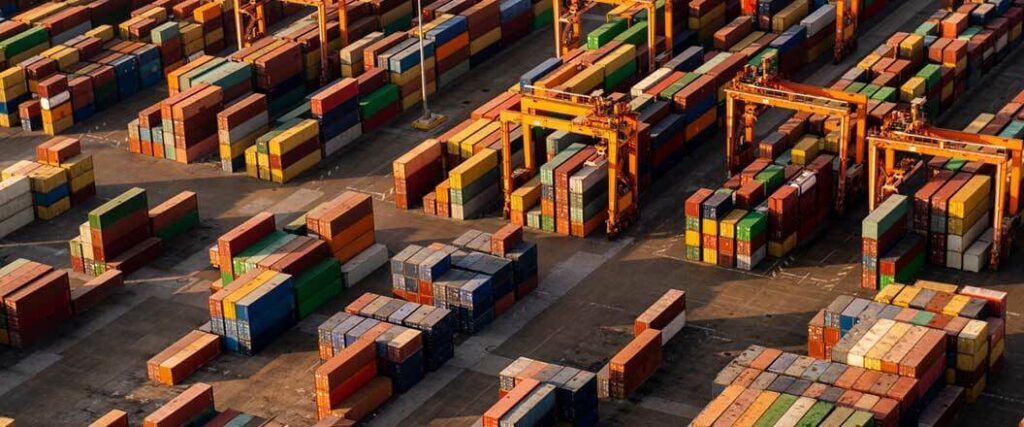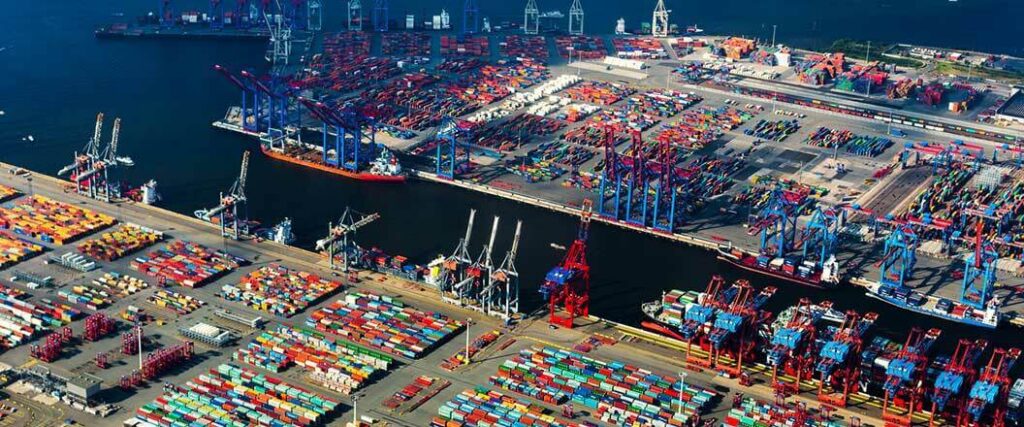ITAR vs EAR compliance can be confusing for exporters. Both have unique rules, and it's often tricky to determine which applies to your product or service. For exporters who plan to sell controlled items, understanding and knowing the differences between the two is vital.
The U.S. Department of Commerce expects exporters to understand the differences between ITAR (International Traffic in Arms Regulations) and EAR (Export Administration Regulations) compliance. ITAR covers defense-related articles, services, and data. EAR regulates commercial and dual-use items that could have defense application.
Knowing the distinction between EAR and ITAR ensures exporters stay compliant with U.S. regulations. In this article, we’ll lay out the differences between these two sets of regulations. You’ll also learn tips for maintaining EAR and ITAR compliance.

Compliance with EAR and ITAR can be defined as following all necessary regulations and licensing requirements pertaining to controlled items. The sensitive nature of these items makes their regulation a matter of national security.
Where ITAR is focused on defense-related items, services, and data, EAR is more concerned with 'dual-use items'. A dual-use item can have commercial and military applications. Most exported goods don’t actually require any kind of export license. However, commodities that fall under EAR and ITAR are more heavily regulated.
Since we're discussing two similar sets of regulations involving multiple governmental bodies, this article will have no shortage of acronyms. Let’s go ahead and clarify some before we go any further.
Aside from ITAR and EAR, you'll need to be familiar with the following:
With these acronyms explained, we’re ready for a more detailed look at EAR vs ITAR compliance and what they mean for exporters.

ITAR is designed to control the export of defense-related articles, services, and associated technical data. Managed by the DDTC, ITAR plays a critical role in ensuring that sensitive U.S. defense-related items are not accessed by unauthorized entities.
ITAR covers items such as:
Exporters who plan on selling and shipping these items must maintain ITAR compliance. On a superficial level, this means following the general policies laid out in chapter 1, subchapter M of Title 22 on the ecfr.gov website.
The nature of items and services regulated by ITAR is such that you’ll probably know well before you export if special licensing is required. EAR can be a bit more vague, but is equally important for exporters to understand.
Being ITAR certified does not automatically guarantee ITAR compliance. Think of it this way: you may have a driver’s license, but speeding while driving would be a violation of traffic laws. ITAR compliance works much the same way. Certification is just one part of the compliance process.
EAR oversees the export of commercial and dual-use items. These product groups include commodities such as technology and software. EAR is administered by the BIS, and is vital for ensuring the controlled sale of items with possible military uses.
Items regulated under EAR include:
Several government agencies play a role in the licensing of EAR-regulated exports. While the rules governing compliance are laid out, following those rules will vary more widely than ITAR. This is a result of the greater variety of commodities regulated by EAR.
Now that we’ve examined the two regulations on their own, let’s look at them side-by-side for further clarity.

While there are some similarities between these two regulations, they’re actually very different in practice. If you’re confused about which (if either) applies to your exports, remember these key differences.
In the following scenarios, you can see how each of these regulations might apply to an exporter.
Your company makes military-grade night vision goggles. This means they fall under the USML rules. In this case, your exports are under ITAR. If you wish to export them, you’ll need to register with the DDTC.
You build and sell commercial-grade computers, and you want to expand your business to other countries. Since these computers have potential military uses, the export will be governed by EAR and assigned an ECCN. You’ll need to obtain a dual-use license from the BIS and avoid exporting to restricted areas and individuals.
Exporters need to know whether their products or services are covered by ITAR or EAR. This is important to avoid legal trouble and ensure smooth international trade.

Ensuring compliance with ITAR and EAR regulations is managed by following regulatory requirements from their respective governing bodies. Below are some essential steps to follow on the path to compliance.
Remember that these are general guidelines. Individual items may require licensing from agencies besides the BIS and DDTC.
For exporters whose goods fall under the purview of EAR or ITAR, compliance is key to avoiding penalties. Let’s take a look at what’s on the line for exporters who are found to be out of compliance.
The U.S. government takes violations of EAR and ITAR very seriously. Companies and individuals who don’t adhere to export regulations are subject to fines and possible jail time.
In the following table, you’ll see how costly these penalties can be.
| Year | Customs, Fines, and Restitution | Prison Time |
| 2018 | 1.1 billion USD | 48 years |
| 2019 | 20.8 million USD | 86.5 years |
| 2020 | 35 million USD | 51 years |
| 2021 | 18.1 million USD | 93 years |
Source: bis.gov
These penalties are limited to EAR violations. ITAR penalties can be far more severe, with some individuals being imprisoned for 20 years. This is why exporters who sell sensitive equipment must stay vigilant to maintain compliance.
The basics of exporting are part of the compliance process. Take some time to review the documents needed for export.
If you plan on exporting controlled goods, staying compliant with government regulations will be an ongoing challenge. Considering the penalties for violations of EAR and ITAR, the stakes are high for exporters. However, you don’t have to go it alone.
The experienced team at Cargo Export USA offers several services that make it easier to comply with EAR and ITAR regulations. These include:
Call our team at (866) 301-0635 or connect with us online today. Don’t play guessing games with controlled commodities: partner with the experts at Cargo Export USA.